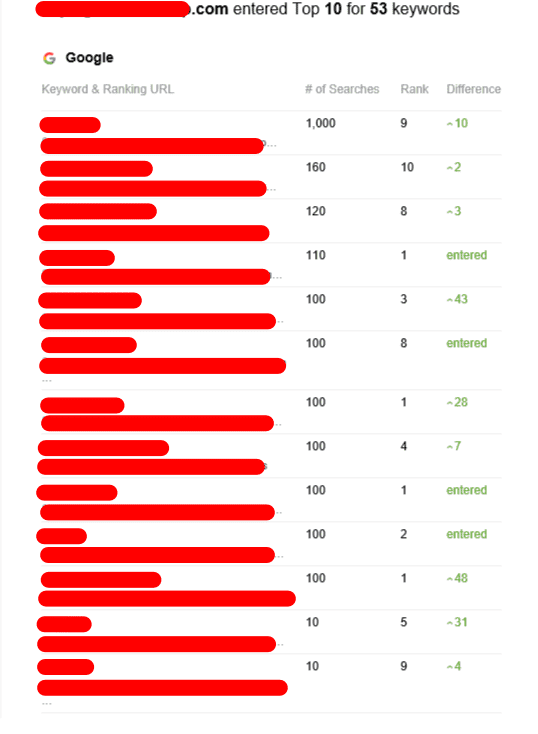Tiered Linkbuilding

Tiered linkbuilding is a risky method since it is in violation of Google's Webmaster Guidelines. If the Google spam team examines backlink profiles and finds a tiered link, your site or certain web pages could be penalized.
If you follow the correct steps,, tiered linking can be beneficial to your SEO strategy. Here are some suggestions to keep in mind when using this strategy.
Tier-one links
Tier-one links play a significant role in tiered linkbuilding, because they boost search engine rankings of the page being promoted. They also increase the overall link juice of the site and ensure that it is indexed. These links are risky when used in a fraudulent manner. If Google detects these links, it could make a site penalized or eliminate it completely from results. If you use the right strategies to build Tier-one links, you can achieve great outcomes without any risk.
One crucial aspect is the variety of the anchor text within the links. If tier link building use the same keyword in all your backlinks it will appear sloppy and could lead to penalties from Google. To avoid this, it is recommended to include a variety of different phrases to your anchor text. The quality of the contributor websites is also essential. Beware of spammy and low-quality websites as your top tiers.
Tiered linkbuilding is a fantastic method to boost your rankings in search engines, however you must remember that the quality of your link profile is more important than quantity. It is also a good idea to employ white-hat methods as this will assist you to avoid penalties from search engines. It will take longer, but it is the best choice for long-term results.
Tier-two links
The second tier of links in tiered linkbuilding may be created through many methods, such as social media, forums, and user-generated content. It is crucial to have multiple sources to ensure that you don't rely on one kind of link. This will help you avoid Google penalties and keep high-quality links.
Another way to get tier-two links is to use a service like HARO. This is a great method to build links if have the time and the resources to build them, so in the sense that you don't make the exchange too obvious. This is because Google will recognize it as an exchange of information and this could result in an algorithmic penalty.
Tier-two links are not quite as effective as those in the first tier of links, but they can provide a boost to your search engine ranking. It is crucial to keep in mind that these backlinks do not directly relate to your website. It is essential to have a well-thought-out content strategy to ensure that the backlinks you are referring to are relevant.
It is also recommended to avoid using two-tier links in a link scheme, as this is against Google webmaster guidelines. The search engine doesn't like automated link schemes and has issued several updates to stop these types of schemes. It is essential to choose a link building service which is in line with the most recent Google algorithm.
Tier-three links
Tiered link development can boost the authority of a resource promoted and can improve its position on results pages of search engines. It's important to select a strategy to make the most of this technique. For instance, you should avoid using websites that require moderation and make sure you create high-quality content. You'll have a higher organic ranking when you do this.
The tier-three links of the tiered linkbuilding scheme are usually posted on forums online and content-driven websites for users such as Quora. They don't connect to the promoted website, but rather to tier-two indexed links. They are also regarded as grey hat in SEO, and could be penalized by Google, so it's best to use them sparingly.
Tier-three links, if used correctly, can be an effective way to promote your website in a highly competitive field. However, it is important to keep in mind that the number of Tier-three links you create must be proportional to the number of tier one links included in your linkbuilding campaign. Google could penalize you for spamming. You should also make sure that your tier-three link quality is higher than average, and don't put them on low-quality websites. The worst thing you could do is use automation tools to publish a large quantity of links, which could damage your reputation and result in losing the trust of search engines.
Tier-four links
Tiered linkbuilding is the process of building a pyramid of backlinks that link to your website. This method is employed to improve the ranking of a site on search engines such as Google. Moreover, the method helps to create links that are natural and do not violate any SEO guidelines. Furthermore, this method permits you to put links on websites that follow strict moderation guidelines like Wikipedia. This process can be time-consuming and expensive. Many marketers use software such as GSA (Global Sales Assistant), Xrumer (Xrumer) and ZennoPoster to speed up this process.
The second tier is comprised of backlinks from low-quality blogs as well as medium-level web2.0 websites. These backlinks are often scattered across multiple websites, giving them more credibility. These hyperlinks are also found in forums or profile links, as well as other forms of content. However, it is important to remember that these links are not as effective as the first tier of backlinks.
If you are looking for a long-term link building solution it is recommended to use white hat techniques instead of black-hat methods. These methods are considered to be the most secure and effective for long-term results. Search engines are more likely than not to catch black hat methods, which will result in penalties.
